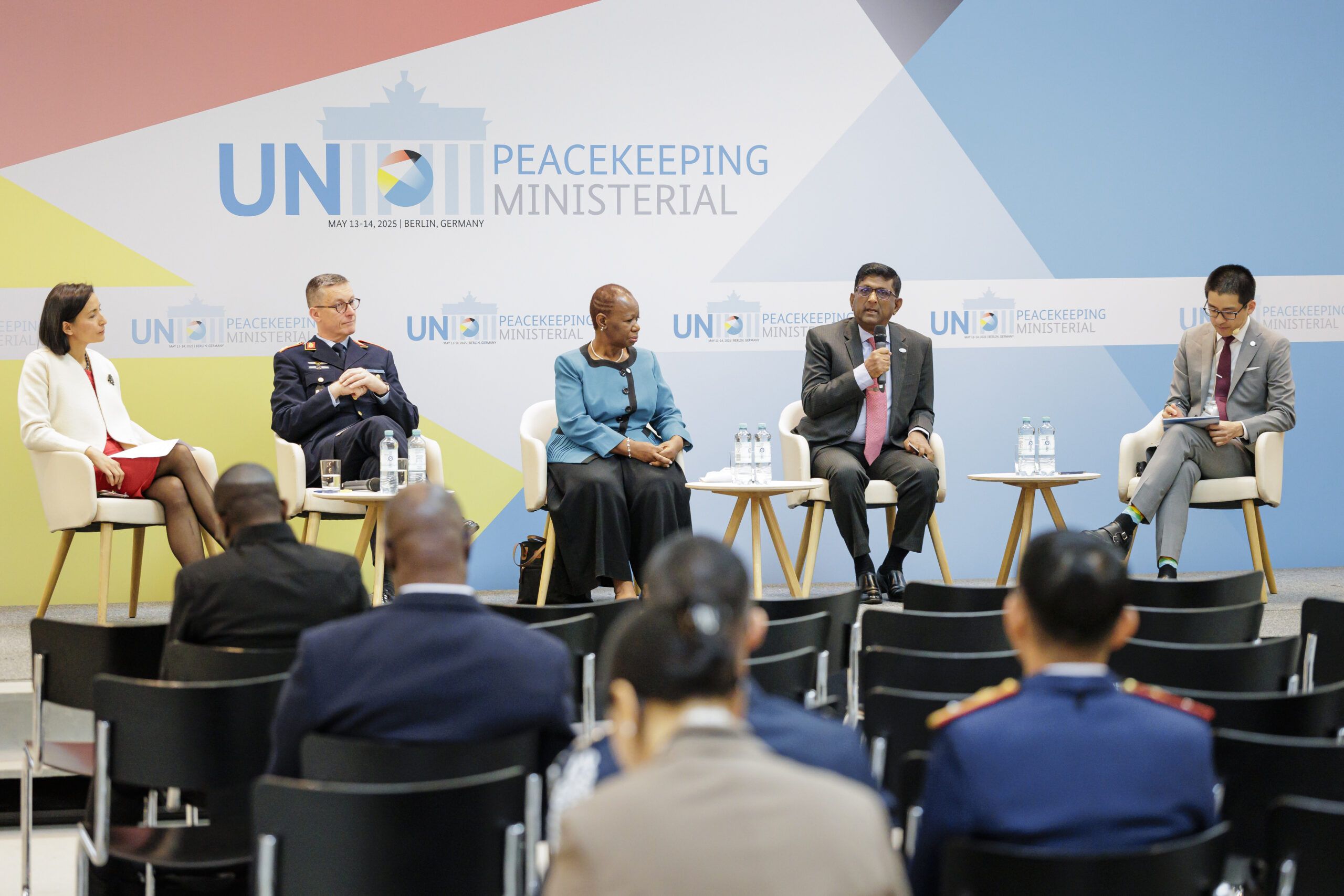

Array
(
[thumbnail] => https://s42831.pcdn.co/wp-content/uploads/2022/09/hero-placeholder-150x150.png
[thumbnail-width] => 150
[thumbnail-height] => 150
[medium] => https://s42831.pcdn.co/wp-content/uploads/2022/09/hero-placeholder-300x129.png
[medium-width] => 300
[medium-height] => 129
[medium_large] => https://s42831.pcdn.co/wp-content/uploads/2022/09/hero-placeholder-768x329.png
[medium_large-width] => 768
[medium_large-height] => 329
[large] => https://s42831.pcdn.co/wp-content/uploads/2022/09/hero-placeholder-1024x439.png
[large-width] => 1024
[large-height] => 439
[1536x1536] => https://s42831.pcdn.co/wp-content/uploads/2022/09/hero-placeholder.png
[1536x1536-width] => 1400
[1536x1536-height] => 600
[2048x2048] => https://s42831.pcdn.co/wp-content/uploads/2022/09/hero-placeholder.png
[2048x2048-width] => 1400
[2048x2048-height] => 600
[gform-image-choice-sm] => https://s42831.pcdn.co/wp-content/uploads/2022/09/hero-placeholder.png
[gform-image-choice-sm-width] => 300
[gform-image-choice-sm-height] => 129
[gform-image-choice-md] => https://s42831.pcdn.co/wp-content/uploads/2022/09/hero-placeholder.png
[gform-image-choice-md-width] => 400
[gform-image-choice-md-height] => 171
[gform-image-choice-lg] => https://s42831.pcdn.co/wp-content/uploads/2022/09/hero-placeholder.png
[gform-image-choice-lg-width] => 600
[gform-image-choice-lg-height] => 257
)
Global Peace Operations Review
The South China Sea and the Limits of UN Conflict Prevention
This week has seen major talks on the biggest brewing conflict in Asia. At the annual Shangri-La Dialogue of Asia-Pacific defense officials and the high-level United States-China talks in Beijing, the dispute over the South China Sea has been front and center. Beijing’s unapologetic expansionist behavior in a group of previously uninhabited islands is making waves, raising tension, and fueling a regional arms race. You might think this would be fertile ground for some old-fashioned United Nations preventative diplomacy?
In New York, where 11 candidates are angling to become the next UN secretary-general, talk about prevention is everywhere. In a landmark joint resolution in April, the UN Security Council and General Assembly agreed on the importance of a comprehensive approach to “sustaining peace” through the prevention of conflict and addressing its root causes, including “strengthening the rule of law at the international and national levels.” But where is the UN in the biggest challenge to peace and security in the most populous and prosperous region in the world?
Thanks to the realpolitik of the Security Council chamber, the world body is somewhere over the horizon. Its tools of preventative diplomacy just do not work in this context. When the call goes out for the UN to “do something”—as in a recent article suggesting the next stop for the South China Sea conflict might be the Security Council—does it mean that we have run out of all other good options?
As the candidates promise everything to everybody to win the secretary-general role, the open secret is that there are some things they will not do to imperil their candidacy, at least not at this point; first and foremost is offend any members of the veto-wielding permanent members of the Security Council, China among them.
Almost 10 years ago, two of my Center on International Cooperation colleagues, Barnett Rubin and Bruce Jones, made it clear that the UN’s conflict prevention powers were finite when they contemplated what Ban might do after he replaced Kofi Annan. On the prevention of violent conflict, the UN’s record has been “mixed to poor” they wrote. “A review of the UN’s track record…shows its success has been limited to cases of interstate conflict between smaller powers.”
Rubin and Jones broke down conflict prevention into three classic types: operational prevention, which is when an envoy is dispatched to use diplomacy to stop violent conflict; structural prevention, which might be thinking how the political economy of a place could be altered to make it more resilient to conflict; and systemic prevention, which is creating “herd immunity” by using the global web of treaties and international laws to guard against violence, particularly between states.
In all the talk we’ve heard in recent days, there is no senior UN diplomat ready to fly across the Pacific Ocean to save Asia from conflict. “No one expects the UN do anything about the conflict in the South China Sea,” a UN headquarters official working in the field of conflict prevention told me recently. Similarly, the dispute does not lend itself to structural solutions, as the players are as strong as the referee is weak. The previously uninhabited islands involved are not poor, unstable, undemocratic, or fragile states that could benefit from a World Bank intervention.
Systemic prevention, such as the Philippines has pursued by going to the Permanent Court of Arbitration in The Hague, could, in theory, be one way to avoid a military showdown. But with China calling the process “illegal,” this, too, is failing. It does not help that neither of the two significant parties at the center of this conflict are signatories to the Law of the Sea treaty. But thinking of the Security Council as a “court of appeal” following after this process misunderstands the political nature of the UN’s more powerful organ.
After listening to the latest secretary-general candidates speak in the informal dialogues this week, we should have modest expectations. If they are flying anywhere near the South China Sea these days it is on their way to Beijing seeking the foreign minister’s consent for their campaign. There is no magic that can do away with the broad and permanent interests at play. Nor is there an easy way to “resolve” any other dispute where a veto-yielding Council member has allies, such as Syria or Western Sahara.
To give another example: if the Argentine Foreign Minister Susana Malcorra, the 11th SG candidate, should be elevated to the UN’s top job with the backing of the US, it might cause the United Kingdom some discomfort, but it is more likely there could be an agreement to disagree with the UK over Las Malvinas, or the Falkland Islands as they are known in Britain. It may well be a case of “don’t mention the war,” at least not for the next 10 years.
Such diplomatic compromises and inaction frustrate civil society and regional groups. This was vocalized in a recent joint submission to the General Assembly’s high-level thematic debate on peace and security:
“Participants in the regional discussions were of the opinion that the current emphasis on managing, rather than resolving, conflicts has led to protracted crises, with damaging consequences for the countries and regions involved in the conflicts, as well as the credibility of the UN.”
General Assembly President Mogens Lykketoft, who chaired the recent debate, has said the challenge for the UN in peace and security is to be seen as truly relevant. But the Cold War taught us the United Nations is not made for some jobs. Sometimes the big powers have to manage conflict themselves. This is the message from China specialist Linda Jakobson in her recent study for the United States Studies Center at the University of Sydney. She argues the US and China have “A Mature and Interdependent Relationship,” despite all the tough words on display this week.
Jakobson argues that the US and China are not on a collision course, but as they jostle over the South China Sea, asserting sovereignty on one side and the rights of free navigation on the other, the risks of military conflict are real. “For China and the United States to avoid conflict, leaders on both sides of the Pacific will have to remain intensely and constantly committed to crafting policies that maintain stable ties,” she writes in her report.
This is referred to as conflict management; hopefully it too can stop anything like the violence, death, destruction, and massive displacement we’ve seen in the Middle East in recent years. Some, like the members of the Association of Southeast Asian Nations, prefer to think of these stern words in the hotel conference rooms of the region as preventative diplomacy. Whatever the name, as the conflict escalates, this is a slow dance for two, with no UN chaperone required.
This article was originally published by the International Peace Institute (IPI) on June 9, 2016
Jim Della-Giacoma is the Deputy Director of the Center on International Cooperation. | Twitter: @jimdella
More Resources
-

-

Reflections on the 2025 Peacekeeping Ministerial
Eugene Chen
Stay Connected
Subscribe to our newsletter and receive regular updates on our latest events, analysis, and resources.
"*" indicates required fields


